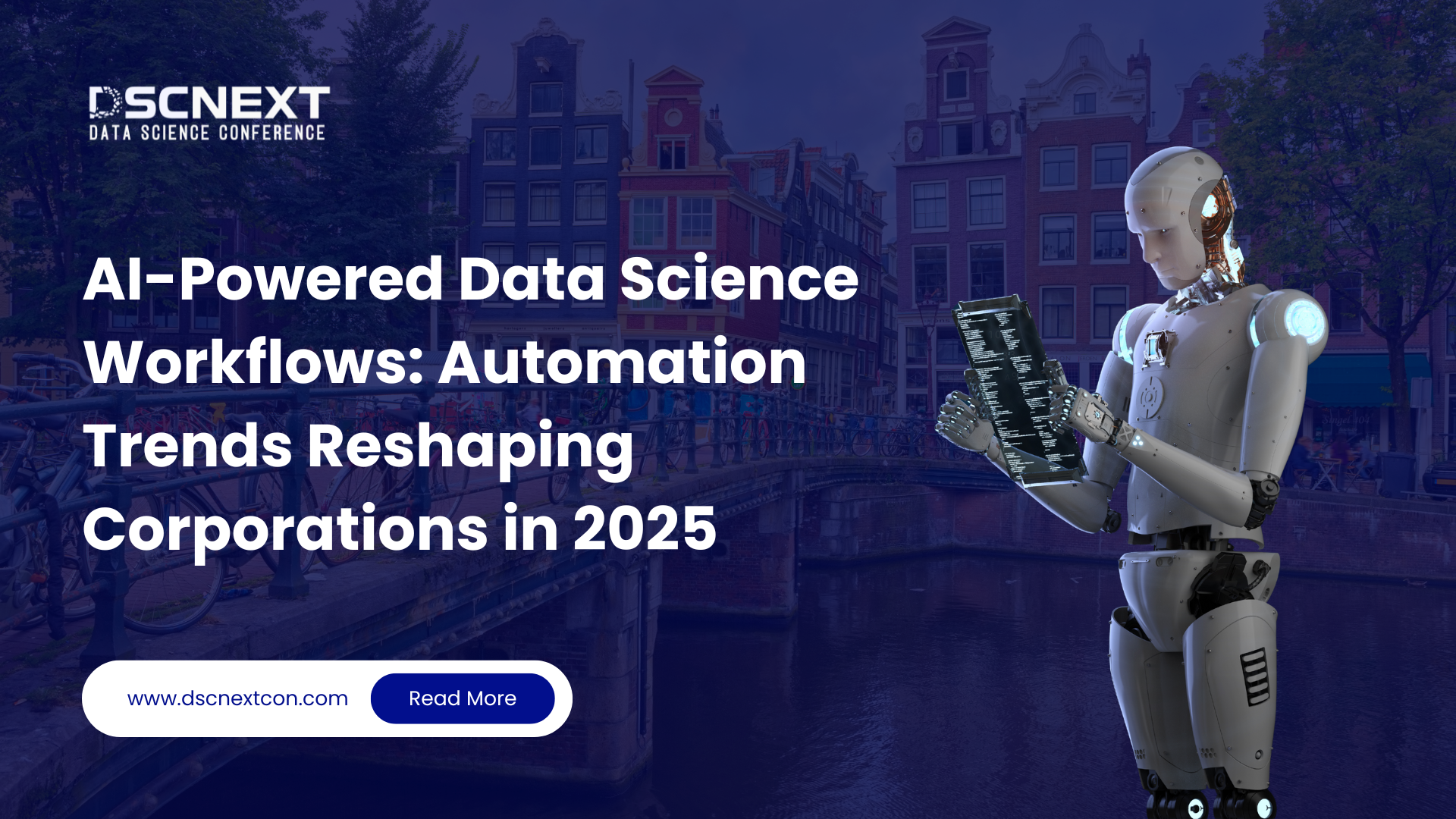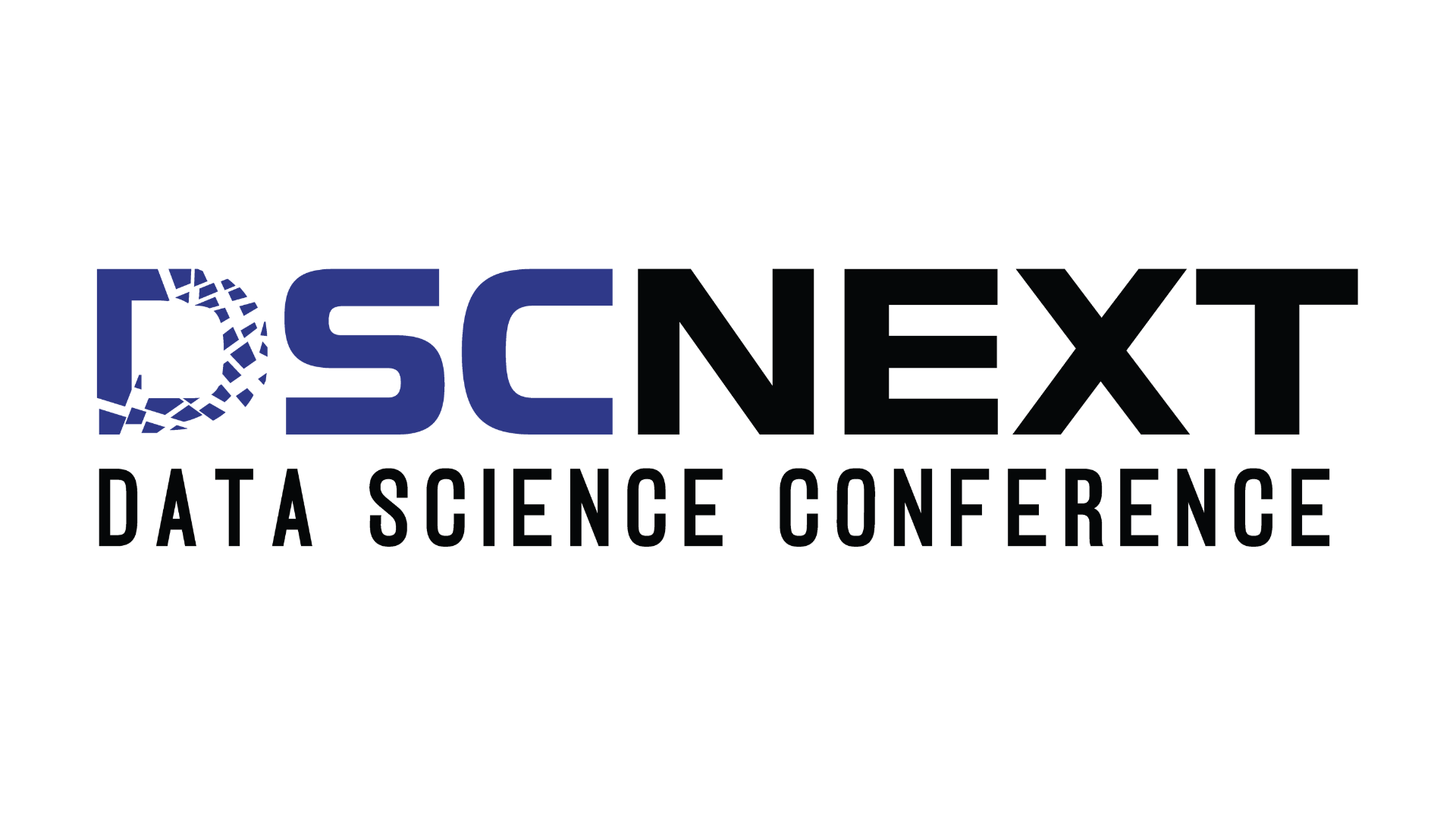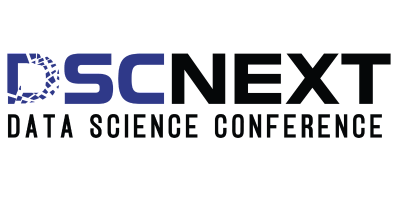
Explore how AI-powered data science workflows are transforming enterprise operations in 2025. Learn the latest trends, tools, and automation strategies driving speed, accuracy, and innovation.
In 2025, AI automation is no longer an emerging concept—it has become a foundational element of enterprise operations across all departments. Powered by advancements in machine learning, natural language processing, and computer vision, today’s AI systems do more than automate tasks—they continuously learn, adapt, and optimize processes in real time.
Modern enterprise AI platforms are built around core capabilities such as:
Autonomous decision-making engines with minimal human input
Predictive analytics to forecast needs and detect market shifts
Adaptive process automation that evolves with workflow changes
Conversational AI that enables seamless interaction with complex systems
What sets the 2025 landscape apart is the rise of integrated AI ecosystems—intelligent frameworks that unify tools, teams, and data across entire organizations. By breaking down silos, these ecosystems enhance collaboration, speed, and accuracy at scale.
The true transformation lies in AI’s ability to drive coordinated, data-driven decisions—fueling smarter, faster, and more resilient business operations.
Key Trends in Workflow Automation for 2025
1. AI Replaces Manual Data Processes
Enterprises are replacing manual, error-prone data tasks with AI-powered automation to handle growing data volumes and reduce operational inefficiencies.
Key benefits include:
Up to 65% reduction in manual processing time
72% faster turnaround for core business tasks
2. Cloud Computing Enables Scalable Automation
Cloud-based platforms offer real-time data processing and seamless integration, improving data efficiency by over 75%. They allow companies to scale operations without physical infrastructure expansion.
3. No-Code and Low-Code Platforms Empower Business Users
No-code tools democratize automation, enabling analysts and business users (not just developers) to build and manage workflows—accelerating innovation and reducing IT burden.
Core Components of Modern Workflow Automation
Intelligent Document Processing (IDP): Automatically extracts, classifies, and flags key data from unstructured sources.
Decision Engines: Go beyond static logic—learn from data patterns and dynamically optimize workflows.
Process Mining & Automation Analytics: Continuously track performance, highlight inefficiencies, and guide improvement.
Hyper-Automation: Combines AI, RPA, and cloud services to orchestrate end-to-end processes across departments.
Implementation Best Practices
Assess Workflows Thoroughly: Identify repetitive tasks ripe for automation through detailed mapping.
Build vs. Buy Decision: Balance custom development with off-the-shelf solutions based on scalability and speed of deployment.
Continuous Monitoring: Implement analytics-driven oversight to catch deviations and optimize in real time.
Focus on Data Quality: Ensure data is validated and standardized throughout—crucial for trustworthy insights and model training.
Tangible Business Impact
Enhanced Accuracy: Reduces manual errors in data entry and processing.
Greater Scalability: Handles large datasets and complex workflows without extra workforce strain.
Faster Insights: Enables quicker decision-making in fast-moving markets.
Regulatory Compliance: Automates data governance and compliance tasks, lowering legal risks.
Looking Ahead: DSC Next 2026 – Where Automation Meets Intelligence
The transformation of data science workflows continues to evolve—and global platforms like DSC Next 2026 are leading the charge. Scheduled for March 24-26, 2026 ,this premier event will spotlight breakthrough automation technologies, showcase enterprise success stories, and connect thought leaders shaping the future of AI-powered data science.
Whether you’re building smarter pipelines or automating at scale, DSC Next 2026 is the place to discover the next frontier in intelligent automation.
Reference

